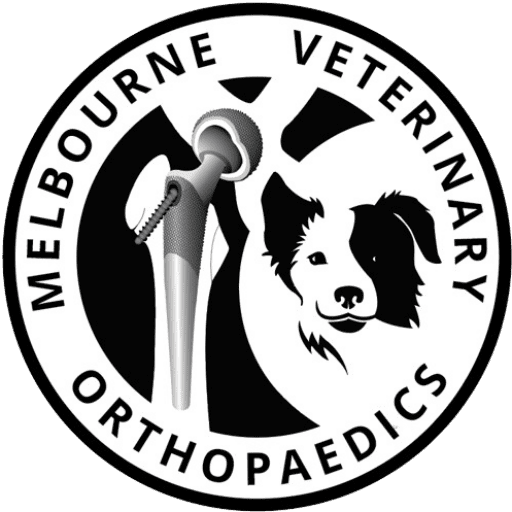American Journal of Veterinary Research 2006
Melbourne authors Monk, Preston, McGowan
Objective— To determine effects of early intensive postoperative physiotherapy on limb function in dogs after TPLO for deficiency of the cranial cruciate ligament (CCL)
Animals— 8 adult dogs with CCL deficiency
Procedure— After TPLO, dogs underwent a physiotherapy program 3 times/wk (physiotherapy group; n = 4) or a walking program (home-exercise group; n= 4). All dogs were evaluated before surgery, 1 and 10 days after surgery, and 3 and 6 weeks after surgery. Thigh circumference (TC), stifle joint flexion and extension range of motion (ROM), lameness, and weight-bearing scores were recorded
Results— Before surgery, CCL-deficient limbs had significantly reduced TC and reduced flexion and extension ROMs, compared with values for the contralateral control limb. Six weeks after TPLO, the physiotherapy group had significantly larger TC than the home-exercise group, with the difference no longer evident between the affected and non-affected limbs. Extension and flexion ROMs were significantly greater in the physiotherapy group, compared with values for the home-exercise group, 3 and 6 weeks after surgery. Six weeks after surgery, the difference in flexion and extension ROMs was no longer evident between the affected and non-affected limbs in the physiotherapy group. Both groups had improvements for lameness and weight-bearing scores over time, but no difference was found between the 2 groups
Conclusions and Clinical Relevance— After TPLO in CCL-deficient dogs, early physiotherapy intervention should be considered as part of the postoperative management to prevent muscle atrophy, build muscle mass and strength, and increase stifle joint flexion and extension ROMs
